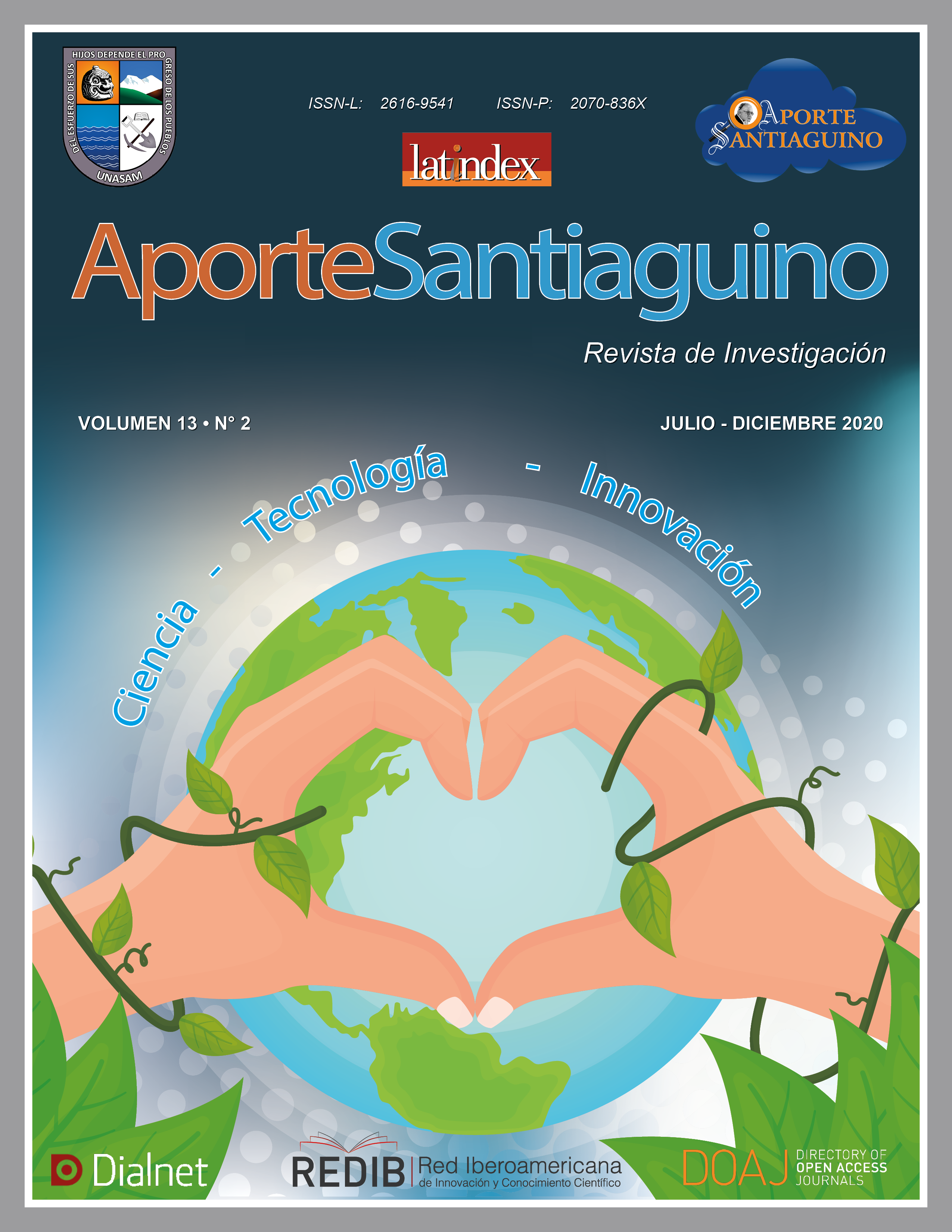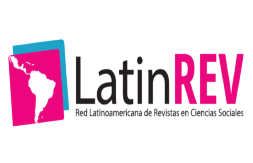Determination of the efficient method to calculate the potential evapotranspiration for a Rain - runoff model in the Huancané basin - Puno
DOI:
https://doi.org/10.32911/as.2020.v13.n2.690Keywords:
Efficient Method, Rain-Runoff Model, Potential EvapotranspirationAbstract
The investigation was carried out in the Huancané basin. The objective of the present work is the determination of the efficient method to calculate the potential evapotranspiration for a Rain-Runoff Model in the Huancané Basin - Puno region. The data used were from seven meteorological stations from periods 1964 to 2016 registered by the SENAMHI institution. To determine the most efficient method, nine potential evapotranspiration methods were proposed (tank type "A", Penman Monteith, Thornthwaite and Wilm, Hargreaves based on Temperature and Radiation, Oudin, Blaney and Criddle, Turc and Jensen - Haise), with different input variables: average temperature, minimum temperature, maximum temperature, wind speed, relative humidity, evaporation and hours of sunshine, for which it was carried out hydrological modeling with the nine methods of ETP. With the hydrological model GR2M that has as input data precipitation, potential evapotranspiration and flow. The observed flows were compared with simulated flows at Puente Huancané station. To determine the performance of empirical methods of potential evapotranspiration, statistical indicators were used, such as the coefficient of determination (R2), correlation coefficient (r) and Nash and Sutcliffe efficiency (NSE). Finally, the research has established an efficient method to determine the potential evapotranspiration to the methods of Thornthwaite and Wilm, Hargreaves based on temperature, Oudin and Blaney-Criddle, where they present a better performance in the calibration phase a Nash efficiency ( NSE: 0.73-0.80; NSEL: 0.84-0.86), coefficient of determination (R2: 0.80-0.84). But for the validation phase these methods have better performance.




















